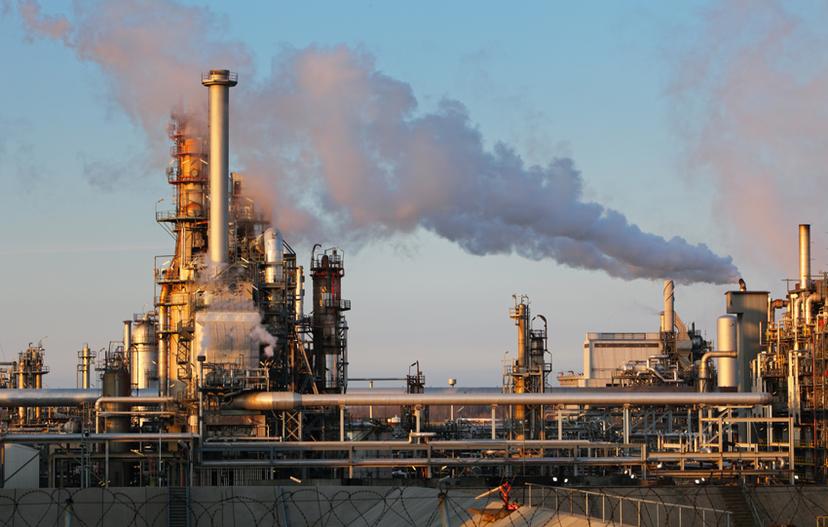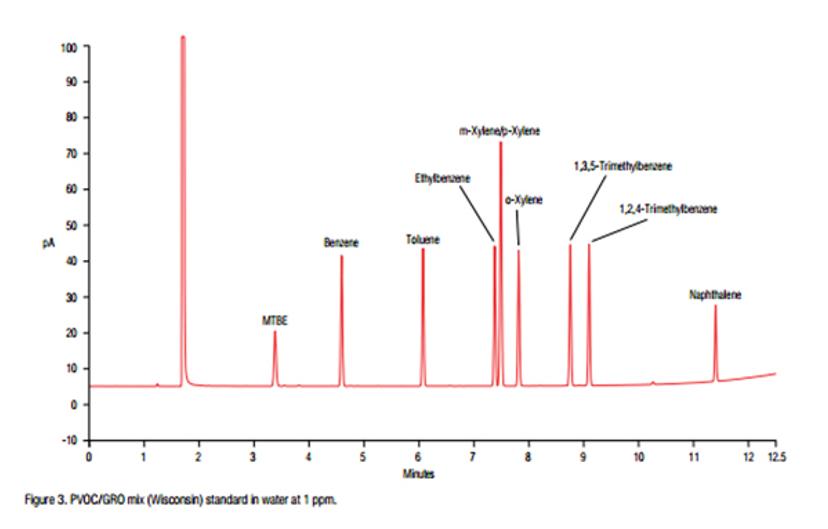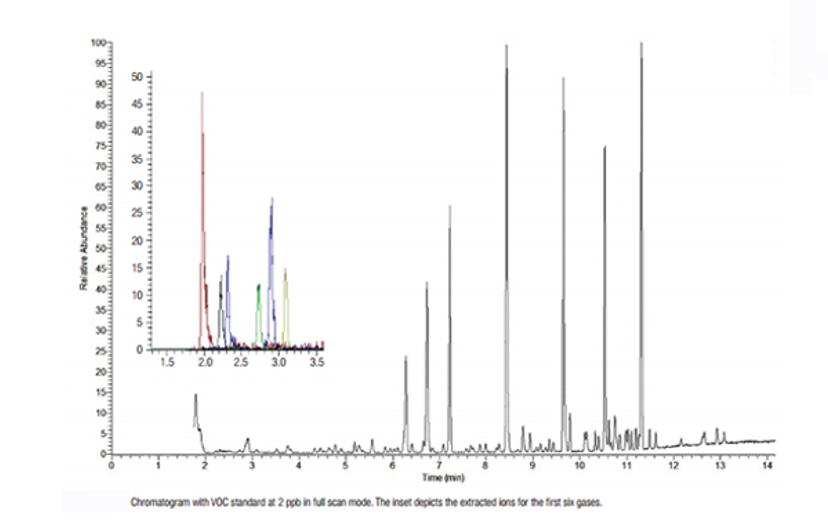Essential Information for Environmental Volatile Organic Compounds Analysis
Find all of the information you need on volatile organic compound analysis at Thermo Fisher Scientific
21 Dec 2016

Image: Shutterstock/TTstudio
Editorial Review by Lois Manton O’Byrne, Editor, SelectScience®
Volatile Organic Compounds (VOC) are both naturally occurring and man-made. Man-made contaminants are used and produced in the processing of paints, adhesives, petroleum products, pharmaceuticals , refrigerants and many other uses. Examples of VOCs include halogenated hydrocarbons, ketones, acrylates, ethers, aromatics, nitriles, acetates and sulfides.
VOCs vaporize, evaporate or sublimate at room temperature, allowing them to escape into the atmosphere. As a result, sampling and extraction methods must be designed to minimize volatile loss for accurate quantitation. The type of compound being analyzed dictates the extraction method to be used. Extraction is commonly carried out using static headspace, or purge and trap methods, followed by gas chromatography, gas chromatography mass spectrometry.
Extraction and concentration
Purge and trap is probably the most commonly used and sensitive technique for VOC extraction. Find out more in this webinar, ‘Innovations in routing sample analysis for volatile content using purge and trap technique: conserving helium and improving laboratory throughput’. Watch the webinar to learn more about alternative carrier gas configurations and compare advantages and disadvantages of VOC analysis.
Headspace techniques are used for the analysis of compounds with high Henry’s law constants, such as fuel range organics. Learn more about the analysis of gasoline range organics as markers for oil spill water pollution, using a Thermo Scientific™ TriPlus™ 300 Headspace Autosampler and the Thermo Scientific™ TRACE™ 1310 GC, in this application note.

Figure 1: PVOC/GRO mix (Wisconsin) standard in water at 1 ppm1
Gas chromatography (GC) is the most common technique for identifying and quantitating VOCs. GC is used with flame ionization (FID), electron capture (ECD) or mass spectrometry (GC-MS). Learn more about environmental applications featuring the latest developments in GC technology in this series of five application notes.
Mass spectrometry is generally used instead of stand-alone GC for VOC’s as it provides a higher degree of confidence in compound identification. Helium is becoming more difficult and expensive to procure for MS/GS analysis, and although hydrogen can be cheaply and easily generated in the lab, this alternative carrier gas is highly reactive and flammable. In this application note, a method demonstrating the effectiveness of the Thermo Scientific™ Helium Saver Module coupled with the nitrogen purge feature of the Teledyne Tekmar Atomx automated VOC sample prep system is described. The method is shown to produce quality data while significantly reducing helium consumption.

Figure 2. Chromatogram with VOC standard at 2 ppb in full scan mode. The inset depicts the extracted ions for the first six gases2
Learn more about environmental VOC analysis, including details on regulatory methods, at Thermo Fisher Scientific’s VOC Analysis Page.
References:
1. Automated Determination of Gasoline Range Organics (GRO) in Water Via Valve-and-Loop Headspace GC
2. Helium Conservation in Volatile Organic Compound Analysis Using U.S. EPA Method 8260C
